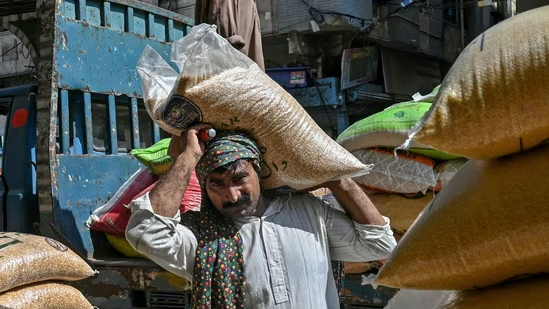1 october 2024 : Pakistan’s economy grew faster than anticipated last quarter, driven by support from the International Monetary Fund (IMF) and lower interest rates.
According to the Pakistan Bureau of Statistics, the gross domestic product (GDP) rose by 3.07% in the three months ending in June compared to the previous year, surpassing the Bloomberg survey forecast of 2.7% and an earlier revised growth of 2.36% for the January-March period. For the financial year ending in June, growth was revised upward to 2.52% from the previous estimate of 2.38%.
After facing a severe political and economic crisis that brought the country close to default last year, funding from multilateral lenders and loans from allied nations have helped stabilize the economy. Foreign exchange reserves have improved from critically low levels, and restrictions on imports and currency that hindered industrial activity have eased. Inflation has also decreased, allowing monetary authorities to cut borrowing costs by 450 basis points since June.
Last week, the government secured final approval from the IMF for a new $7 billion loan program, ensuring financing stability for the coming years. Pakistan is set to face approximately $26 billion in loan repayments in the fiscal year that began in July.
The agriculture sector saw a notable expansion of 6.76% during the quarter, bolstered by a strong wheat harvest, while the services sector grew by 3.69%.
Prime Minister Shehbaz Sharif’s administration has committed to achieving sustained economic growth through structural reforms, with a forecast of 3.6% growth for the year ending June 2025.

